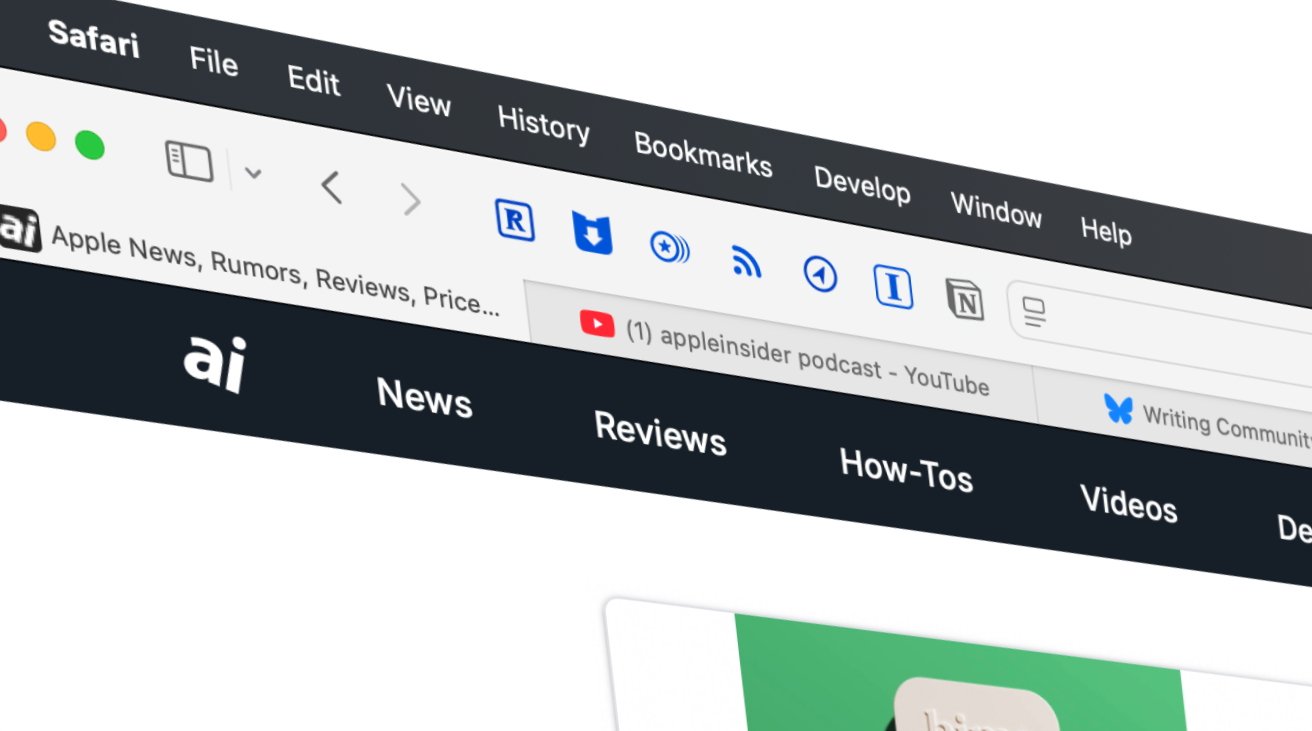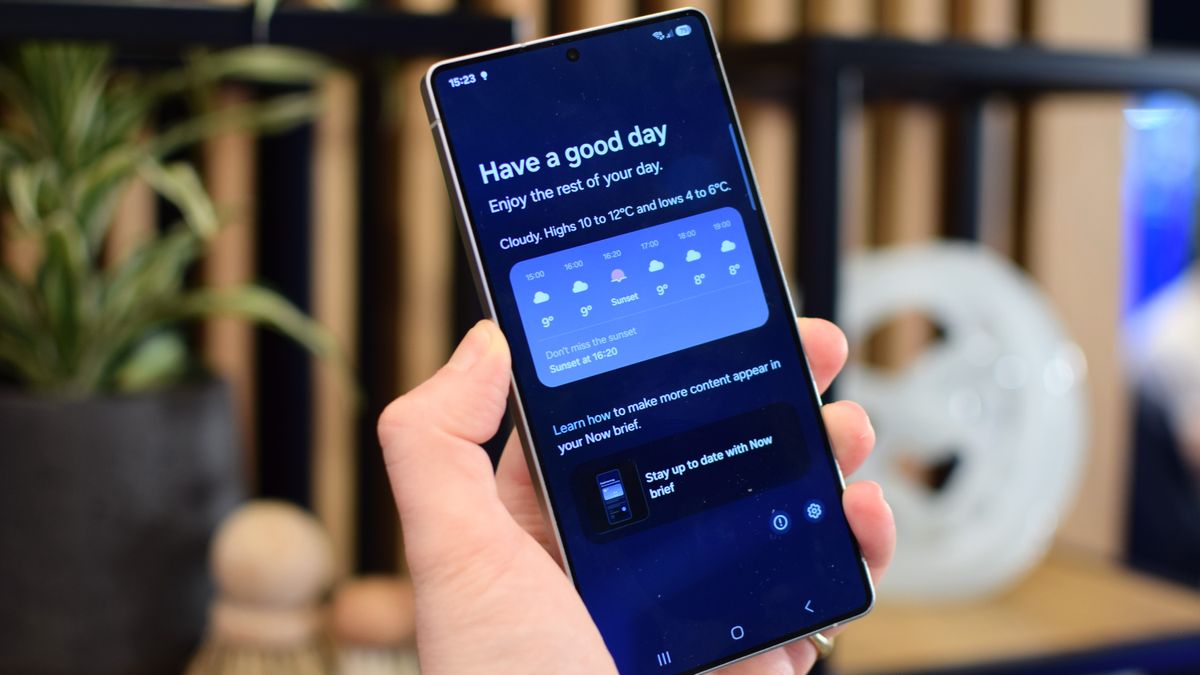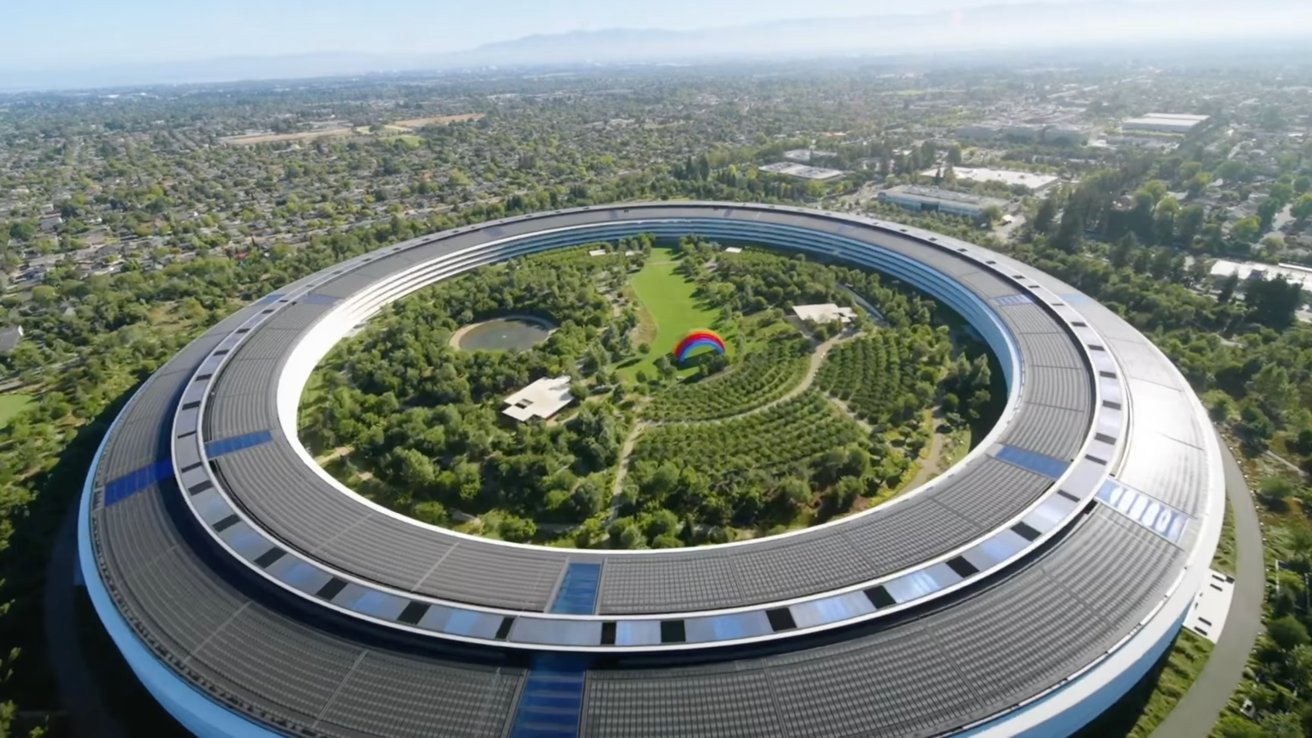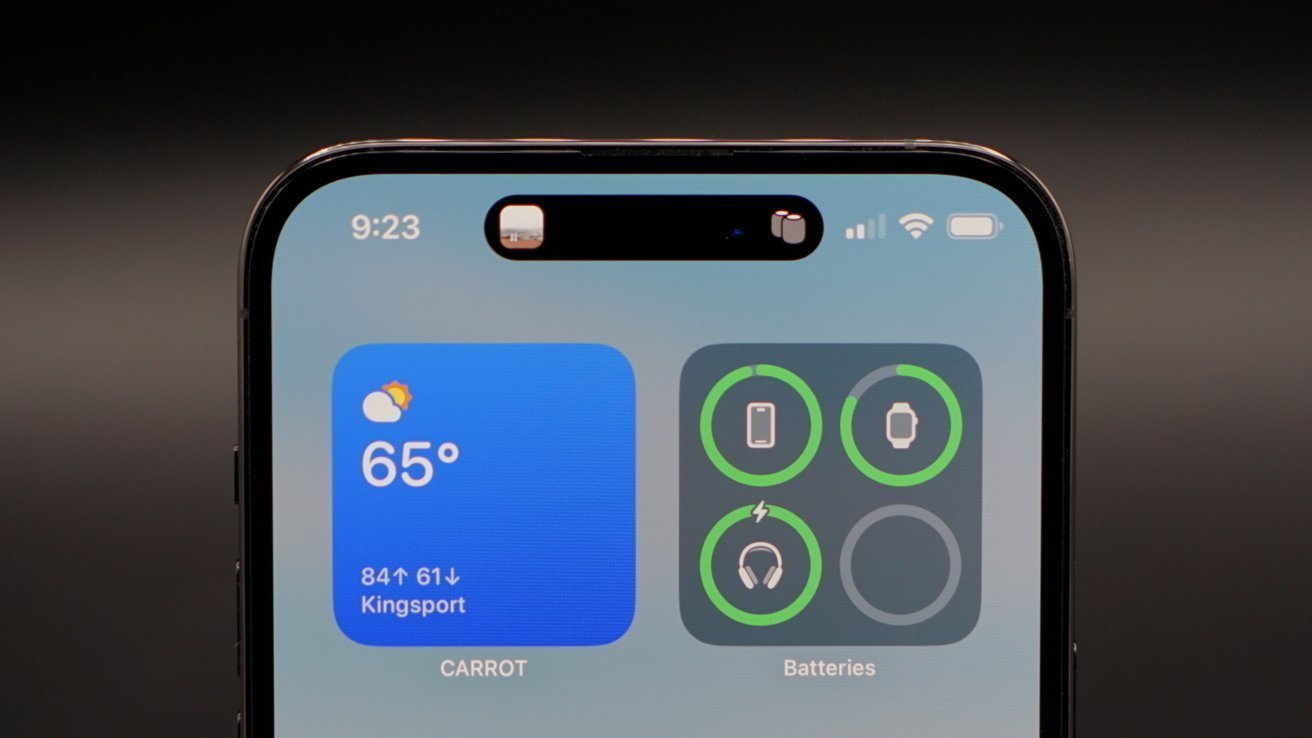The importance of understanding your minimum viable operations
Share:
Building operational resilience. When you purchase through links on our site, we may earn an affiliate commission. Here’s how it works. Amid the Cold War, the possibility of a nuclear attack was deeply feared, yet at the same time, weirdly unimaginable. The stark terror of nuclear disaster persisted for years, highlighted in the 1984 BBC drama film “Threads”.
![[Samsung Knox Suite]](https://vanilla.futurecdn.net/cyclingnews/media/img/missing-image.svg)
The film explored the hypothetical event of a nuclear bomb being dropped on a British city, and the societal breakdown that followed. People were horrified by the film, and it showcased everyone’s deepest and darkest fears around nuclear fallout. Fast-forward nearly 40 years, and while nuclear fear still abounds, cybersecurity catastrophe is the new background dread – and in July 2024 we received our first major warning sign.
![[AMD Ryzen AI Max+ 395]](https://vanilla.futurecdn.net/cyclingnews/media/img/missing-image.svg)
The CrowdStrike outage highlighted the widespread chaos that could ensue if millions of computers crashed simultaneously – reminding many people of the fear instilled during the Y2K bug. Now imagine this chaos, but instead of a software update gone wrong, it’s a cybercriminal targeting critical systems within a power station, resulting in a city losing power for a week. Or perhaps a vulnerability in a piece of fintech software triggering a 2008-style financial meltdown.
![[nexos.ai]](https://vanilla.futurecdn.net/cyclingnews/media/img/missing-image.svg)
Whilst such an event may be difficult to envisage, the interconnectedness of modern systems makes it a real possibility. Achieving operational resilience must be the goal and this means prioritizing keeping business-critical functions running in the event of a serious incident. But to do so organizations first need to understand their minimum viable operation (MVO).






















